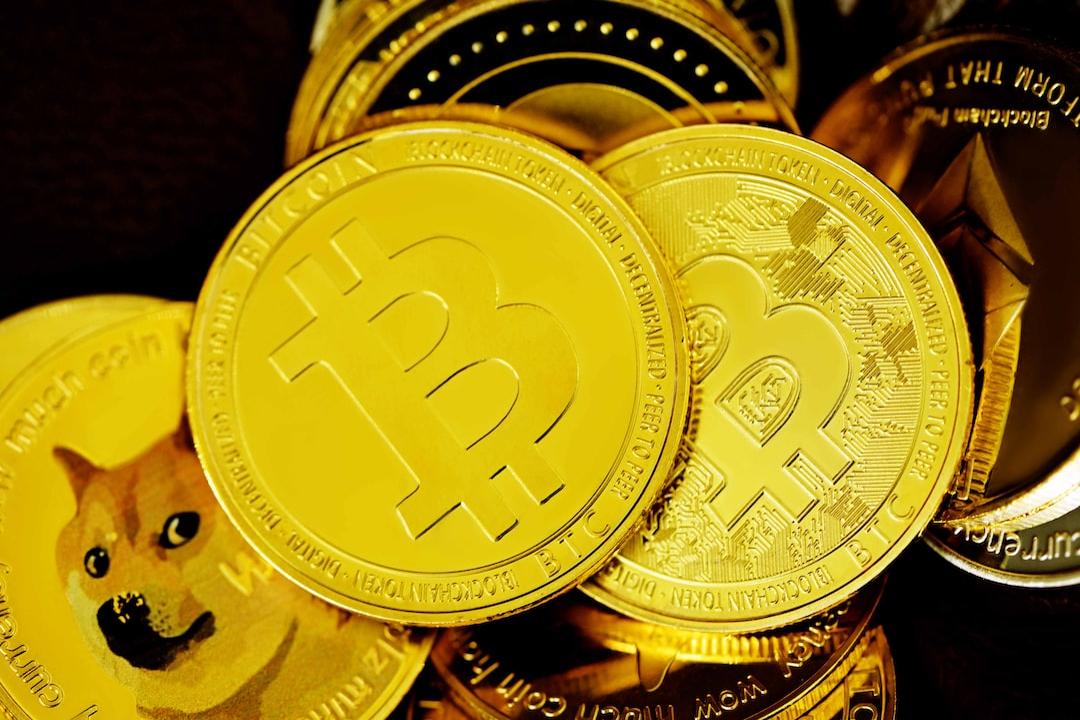What is Happening?
The United States is witnessing a high-stakes competition over the issuance rights of stablecoins, with key participants including traditional banks aiming to restrict non-bank entities, large technology companies, and existing cryptocurrency issuers. All parties are actively lobbying to influence regulatory rules in their favor.
Despite progress on two key stablecoin bills in committee within the U.S. Congress, significant disagreements remain on core issues, such as whether to allow non-bank entities (like tech giants) to issue stablecoins, which is crucial for finalizing the legislation.
Against the backdrop of an evolving regulatory framework, the domestic Circle company (issuer of USDC) emphasizes its compliance and reserve transparency in an effort to gain an advantage. Meanwhile, market leader Tether (issuer of USDT) is facing increased scrutiny but is seeking avenues (such as establishing a U.S. subsidiary) to enter or solidify its position in the potential U.S. market.
Intense Lobbying by Banks to Limit Non-Bank Participation
As the U.S. Congress actively pushes forward with stablecoin legislation, a power struggle is intensifying over this potentially multi-trillion-dollar digital asset market. Both the House of Representatives and the Senate have advanced major stablecoin regulatory bills in their respective committees. The next step is to submit these bills for debate and voting in the full House and Senate.
However, traditional banking giants, tech companies, and existing cryptocurrency issuers all aim to secure favorable positions in this potentially massive market. The outcome of the legislation will directly determine who can legally issue dollar-pegged tokens in the U.S. and establish the related rules of the game.
Led by Bank of America, traditional financial institutions are ramping up lobbying efforts. Following CEO Brian Moynihan’s public statement that Bank of America is ready to issue its own stablecoin once Congress provides a clear regulatory framework, the bank has intensified its lobbying activities.
According to reports, Bank of America is primarily pressuring legislators through industry organizations such as the Bank Policy Institute and the American Bankers Association, seeking to establish stablecoin issuance rules favorable to existing banks while strictly limiting or even preventing large tech companies like Amazon and Meta from issuing dollar stablecoins.
Other financial institutions, including Goldman Sachs, BNY Mellon, and Fidelity Investments, have also expressed concern and joined the effort.
The main argument from the banking sector is that allowing non-bank commercial companies to issue stablecoins could enable them to acquire sensitive financial data from users, such as bank account and spending records, leading to intrusive and anti-competitive marketing practices.
They argue that this would undermine the long-standing separation between banking and commerce in the United States.
Additionally, some bankers and legislators worry that if widely adopted, stablecoins issued by non-banks could lead to deposits flowing out of traditional banks, thereby affecting their lending capacity and impacting the real economy.
However, the current drafts of stablecoin bills proposed in both houses of Congress (the Senate’s GENIUS Act and the House’s STABLE Act) include provisions allowing federally “qualified” non-bank entities to issue stablecoins. The banking sector’s goal is to amend these drafts to impose stricter limitations on non-bank participation.
Compliance and Market Competition Between Stablecoin Issuers Circle and Tether
While the banking sector seeks to limit new competitors, the competition between the two leading stablecoin issuers, Circle and Tether, is also heating up.
Headquartered in the U.S., Circle (issuer of USDC) has positioned itself as a compliant alternative to the stablecoin giant Tether (issuer of USDT). Circle emphasizes that its reserves primarily consist of short-term U.S. Treasury bills (about 80%) and cash in U.S. bank accounts (about 20%), with a relatively transparent reserve structure that is subject to third-party audit.
As the legislative process accelerates in the U.S., Circle is also actively engaging on Capitol Hill, attempting to portray itself as a model that aligns with U.S. regulatory expectations. Its executives have recently been frequently advocating for a “U.S. first” strategy in digital asset legislation.
Externally, it is widely believed that the current draft bills seem to align more closely with Circle’s model in terms of reserve and audit requirements.
In contrast, Tether, the global leader in the stablecoin market, although having issued over $145 billion USDT, operates primarily outside the U.S. (recently relocating its headquarters to El Salvador) and does not offer its tokens to U.S. residents.
Moreover, Tether’s reserve portfolio is more diversified, including not only cash and cash equivalents (mainly U.S. Treasury bills) but also Bitcoin, precious metals, secured loans, and other investments.
Despite facing scrutiny and questions from U.S. authorities regarding reserve transparency and compliance in the past, Tether has recently appointed a new CFO and announced plans to undergo a comprehensive audit by a “Big Four” accounting firm to enhance trust.
Tether’s CEO, Paolo Ardoino, has recently indicated that the company is considering establishing a U.S. subsidiary focusing on settlement and payment infrastructure for institutional clients, demonstrating its intent not to abandon the U.S. market.
Will the banking sector succeed in limiting competitors? Can Circle leverage its compliance advantage to surpass Tether in the U.S. market? Will tech giants be allowed to enter the arena?
The final content of U.S. stablecoin legislation will ultimately determine the future landscape of this emerging digital payment sector.
References: the block, coindoo

